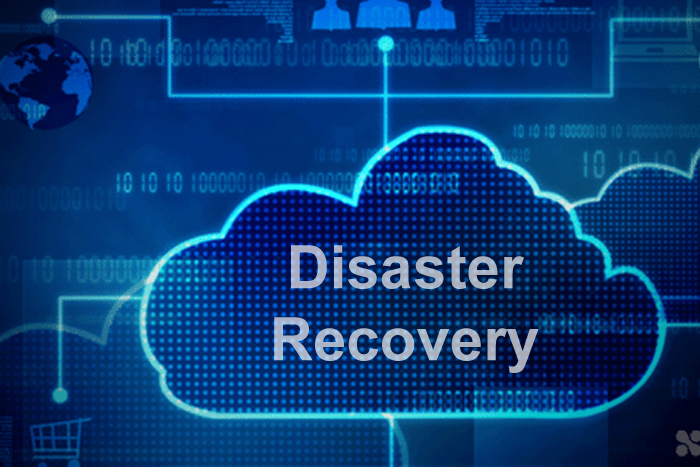With cyber breaches regularly hitting headlines and the General Data Protection Regulation (GDPR) coming into effect, causing companies to look more carefully at how they safely preserve data, it is understandable that corporations are finding disaster recovery and business continuity a high priority.
At one end of the spectrum, unplanned disruption will lead to a decrease in profitability and a high expense-it is calculated that, based on the size of the company, a one-hour failure could expense a business as much as US100,000. At the other hand, there is a risk for data loss or fraud, opening up the company to legal and financial consequences and harm to reputation.
5 REASONS THE CLOUD SHOULD BE PART OF YOUR DISASTER RECOVERY STRATEGY
1. The Cloud Is Cost Effective.
Disaster recovery involves a separate, backup system that is not required except in the case of a disaster. Maintaining a second data center is costly, so it is difficult to justify the idle capacity. Unlike getting your own data center, with cloud servers, you pay only for the equipment and resources that you need. You don't have to pay for computers that are rarely out of standby mode.
2. Geography Doesn't Matter.
Disasters tend to be local or national in nature. When you have your DR site all over the area, it may be vulnerable to the same tragedy that hit your main site. When you have the DR facility in the cloud, you don't need to think about the location of the file. Cloud services usually operate extremely redundant infrastructure that are away from disaster-prone areas. You don't know where the servers are located.You don't matter where the servers are located, since the cloud makes it available from anywhere.
3. The Backup Process Is Reliable.
Being able to find copies and retrieve data is a vital aspect of every disaster recovery program, but most organizations do not check the procedure. Crisis is the worst time to learn that you have not been able to back up a vital server or program. Cloud services have reliable, checked backup and restore systems.
4. Recovery Is Fast And Easy.
Cloud provisioning is designed to be fast and simple, with self-service capabilities that allow new servers to be made available on demand. Bringing servers online during a crisis is a quick, automated operation.
5. Your Staff Is Freed Up To Focus On Critical Business Needs.
Creating and maintaining a separate data center used for DR purposes is a burden on the IT workers. Although disaster recovery is a vital task, it is not necessary on a regular basis. Through unloading responsibility for managing a DR environment to a cloud service, the IT workers will gain time to concentrate on problems that hinder the daily functioning of your company.
How to decide if a cloud-based option is right for your business
Irrespective of the scale of your company, it is necessary to do your homework before adopting a cloud system, as with any technology that has its pros and cons. Not all cloud based DR applications are the same or operate the same way. For certain cases, the optimal option for disaster recovery is a combination between cloud and on-site technology.
When you've agreed to integrate the cloud into your disaster recovery strategy, you need to consider whether to do it more efficiently. Options include Disaster Recovery as a service where the cloud provider handles the recovery process, using Storage as a service where the cloud provider maintains the DR system which controls the recovery process, and using Backup as a service that merely saves backups in the cloud.
Whatever option you chose, be sure to check the procedure at least once a year and make sure you haven't missed something. No matter how nice the ITSM or cloud service is, the DR program will only work if it includes all of the vital applications. Identifying these programs is one DR liability that you can't unload.






